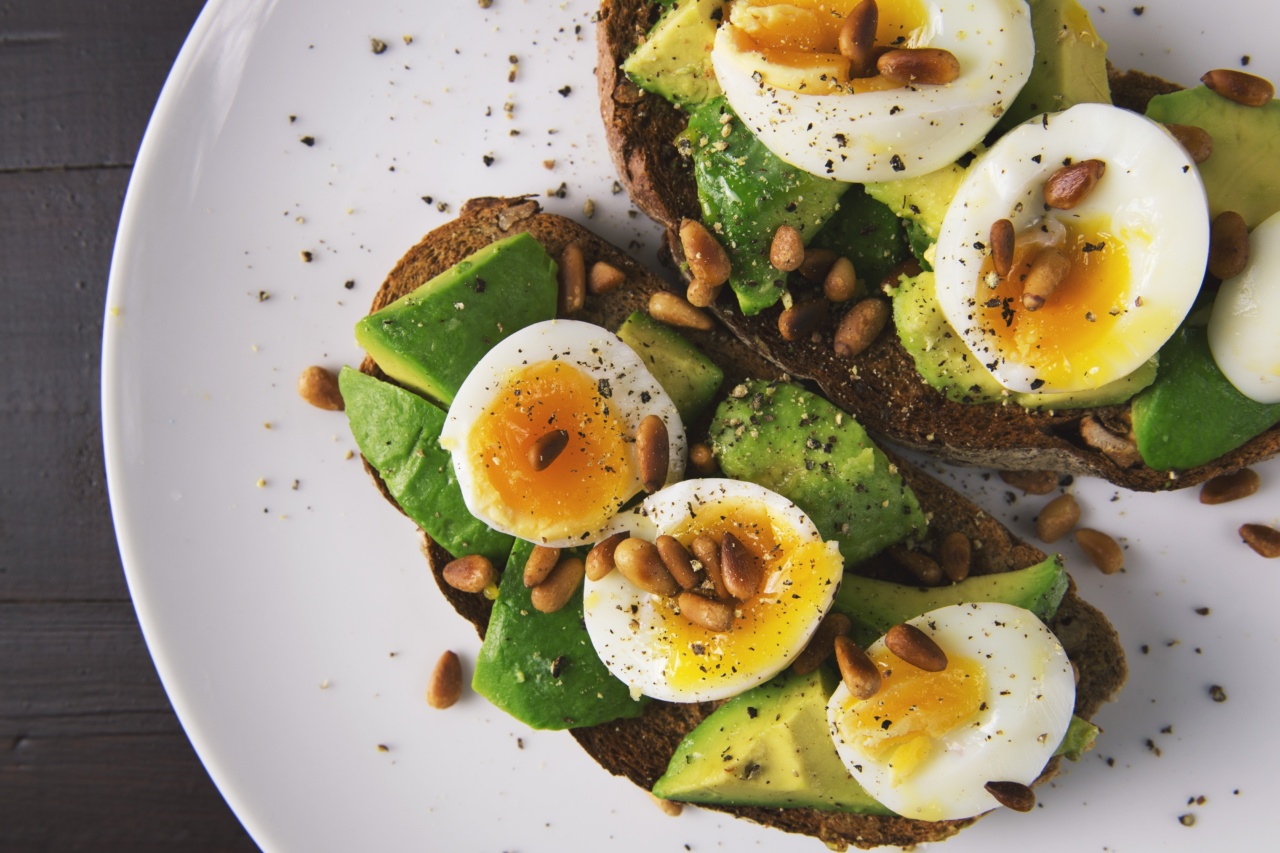When it comes to maintaining a healthy diet, many people wonder if bread can fit into their plan. The good news is that bread can be a healthy part of a balanced diet if consumed in moderation. So, what is the bread allowance for a healthy diet?.
The Importance of Moderation
All foods can be part of a healthy diet as long as they are consumed in moderation.
This means that any type of bread, whether it’s white, whole wheat, or multigrain, can be part of a healthy diet as long as it’s eaten in the right portions.
When considering the amount of bread to consume, it’s important to factor in your age, gender, and level of physical activity.
Generally, it’s recommended that adults consume six to eight servings of grains per day, with at least half of those servings coming from whole grains.
Portion Control
Portion control is key when it comes to incorporating bread into a healthy diet. One serving of bread or grains is equivalent to one slice of bread, a half-cup of cooked rice or pasta, or one ounce of dry cereal.
It’s easy to overdo it when it comes to bread, especially if you’re eating it as part of a sandwich or with a meal. To keep your portions in check, it’s a good idea to use smaller slices of bread or to only eat half of a sandwich.
Additionally, adding plenty of vegetables and lean proteins to your bread-based meals can help to reduce the amount of bread you consume while still feeling satisfied and nourished.
Choosing the Right Bread
When it comes to bread, not all types are created equal. White bread, for example, is often less nutritious than whole grain or multigrain bread, as it has been stripped of many of the nutrients found in whole grains.
Additionally, some breads are high in sugar or additives, which can add unnecessary calories and reduce the overall nutritional value of the bread.
To choose the right bread for your healthy diet, look for bread that is made with whole grains, such as whole wheat, rye, or oats. These types of bread are higher in fiber, protein, and vitamins than white bread, making them a more nutritious choice.
When reading labels, be sure to look for breads that have at least three grams of fiber per serving and minimal added sugars or preservatives.
Additionally, choosing bread that is made with organic or non-GMO ingredients is a good way to ensure that you’re consuming a healthy product.
Bread Alternatives
If you’re looking to cut back on your bread intake, there are plenty of alternatives available. Wraps made with whole wheat or spinach are a great option for sandwiches, while lettuce leaves can be used to wrap up fillings for a low-carb meal.
Additionally, you can use grains like quinoa or brown rice as a base for salads or stir-fries, or use cauliflower or zucchini to make low-carb pizza crusts or breadsticks.
Overall, the bread allowance for a healthy diet depends on your individual needs and goals.
As long as you practice portion control, choose the right types of bread, and incorporate a variety of grains into your diet, bread can be a nourishing and delicious part of your meals.





























